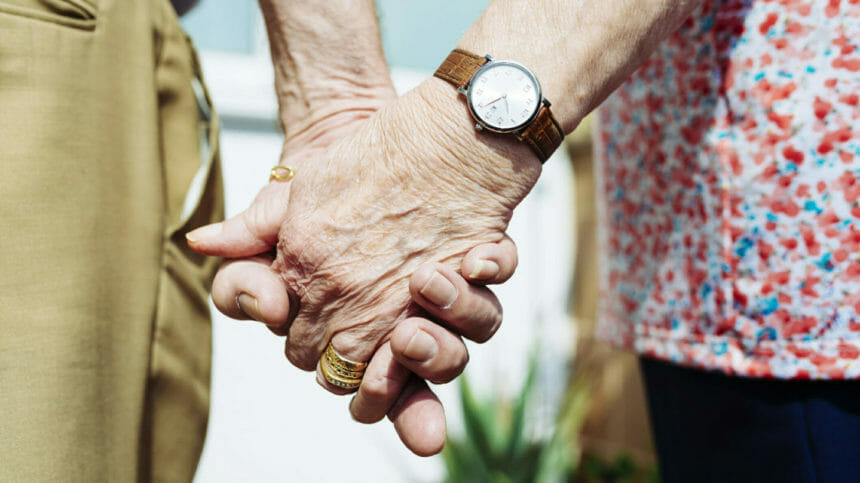
More than 30% of older adults who are caregivers are also receiving care to assist with completing their own daily activities. The older adult caregivers are also more likely to care for a spouse, be older than their spouse, have limited financial assets and be in worse physical health, according to a new study.
The report was published Monday in the Journal of the American Geriatrics Society.
The team evaluated adults in the United States who were over 60 and self-identified as caregivers in a national data bank. Of the 444 caregivers who participated, the average age was 67.8 years old, and 55.8% were women. Also, 54.7% said they were the primary caregiver, and 30.7% were caring for a spouse. In the cohort, 78.1% were non-Hispanic white individuals. Data was derived from a cohort with multiple waves; information was collected during varying years.
Among the older caregivers, 32% were giving care to other older individuals while also receiving assistance with their activities such as having help getting dressed or getting out of bed. And 34% said they had less than $50,000 in household assets. The report didn’t say if the care that caregivers received involved assistance from a professional or other supports like a wheelchair or cane.
Researchers said more strategies need to be offered to support their caregivers, because they are prone to both giving and needing care. Older caregivers are more likely to live with the people they care for compared to younger caregivers; that proximity may be what causes people who need care themselves to care for another person.
“Programs designed to support older community caregivers should address the unique challenges faced by those who are simultaneously managing their own care needs,” the authors wrote.
Instead of making simple distinctions between “caregivers” and “care recipients,” clinicians, researchers and policymakers need to acknowledge that there’s an overlap and potentially dynamic nature of these roles among older populations. That is, some people can be both and their needs represent a unique group instead of just focusing on people who give care and those who receive it.




